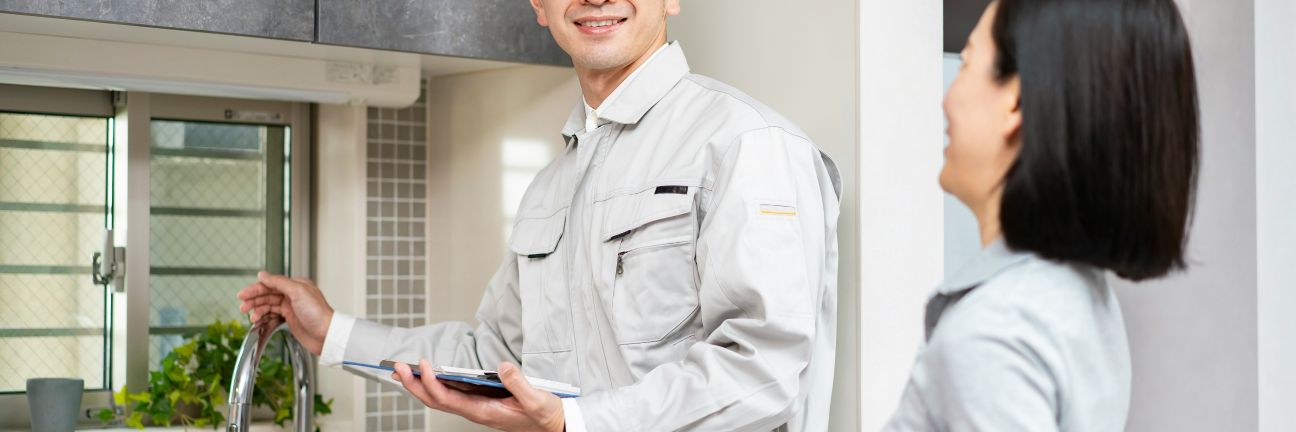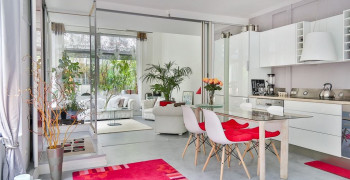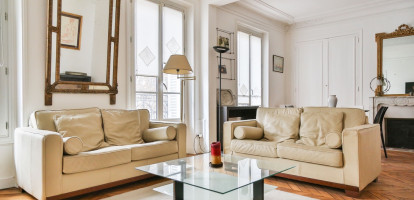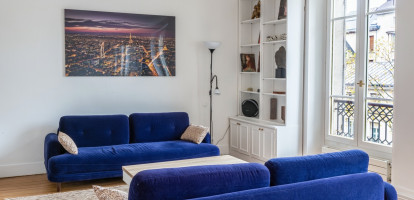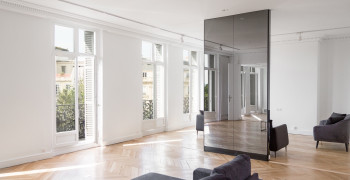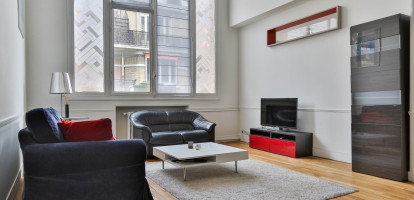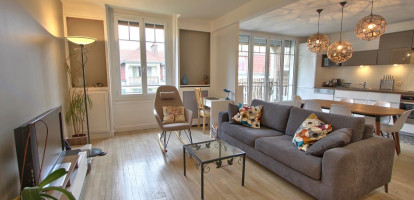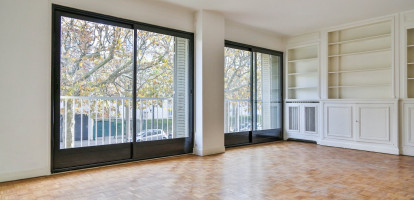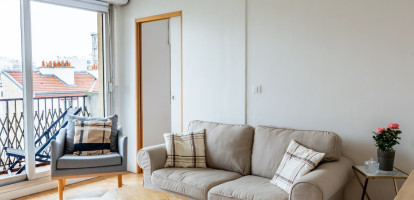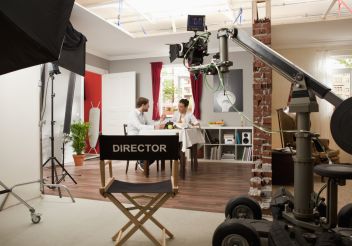When it comes to inventorying fixtures and fittings and returning the security deposit, the term “obsolescence” is of prime importance. What does obsolescence (vétusté) mean? Generally speaking, disrepair is the deterioration caused by the passage of time. In the case of a dwelling, obsolescence refers to the natural wear and tear caused by normal use.
So, how do you calculate obsolescence when renting? In this blog, you'll find valuable information on the “vétusté grid” —a standard document used to calculate the obsolescence of a rental property's materials and equipment—its legal aspects, and calculation methods.
Can the landlord deduct the full repair or replacement cost from the tenant's security deposit?
Here's a real-life scenario to help you understand the situation. Imagine a tenant, whom we'll call Sarah, who rented a furnished apartment for five years. When she moved in, the living room had a magnificent carpet in perfect condition. Over time, however, the rug began to show signs of wear in high-traffic areas, a slight fraying at the edges and a few stains. In your opinion, can the owner ask Sarah to pay the bill for a new carpet?
No, the landlord cannot charge the tenant for the full cost of replacing items such as carpeting, wallpaper, and any coverings that have undergone natural wear and tear during the rental period. The landlord must take into account depreciation based on the item's age, which reduces its value over time. Stains, on the other hand, can be charged to the tenant.
In the case of maintenance or repairs for which the tenant is responsible, the landlord can charge the cost of repair or replacement and deduct it from the security deposit. However, the depreciation grid will mitigate the bill, as the carpet is at least five years old and depreciated.
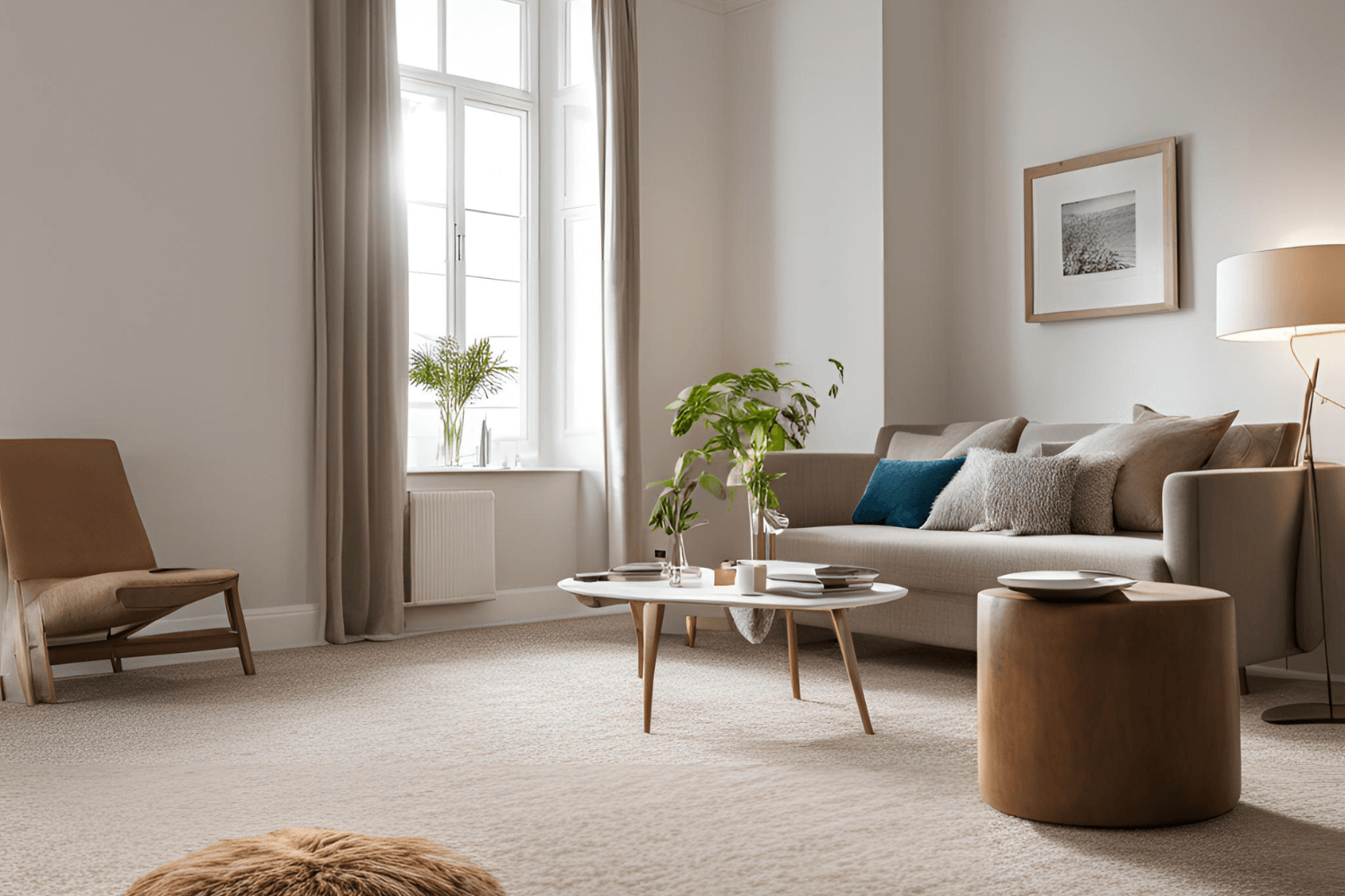
What is a depreciation schedule (Grille de Vétusté)?
The 'grille de vétusté,' or depreciation schedule, is a fair and objective tool used in France to measure a rental property's natural wear and tear over time. Its impartiality reassures both landlords and tenants, helping them to evaluate the property's condition fairly and determine the tenant's share of repair costs based on the length of their stay.
Note: The theoretical lifespan starts from the item's installation date, not the tenant's move-in date. This underscores the landlord's crucial responsibility to keep records of invoices or receipts for all major items purchased, or work carried out in the rental property. This is why landlords must be diligent in maintaining these records.
When to apply the depreciation schedule?
At the check-out stage, it is the landlord's responsibility to compare the property's condition with the check-in stage.
Entry and exit inventories of fixtures (état des lieux) are not just paperwork. They are a shield of protection for both owners and tenants. These inspections document the apartment's condition at the start and end of the tenancy, providing a baseline for comparing changes and identifying any damage. Then, deductions from the tenant's security deposit can be justified, ensuring a secure process for both parties.
Nota Bene: Suppose the landlord does not draw up an inventory of fixtures on the tenant's departure and takes back the keys. In that case, they cannot deduct any amount from the security deposit, even if damages are noticeable afterward.
Once the landlord and tenant have identified the damage to repair at the tenant's expense, the concept of natural wear and tear (vétusté) becomes relevant. This is where the 'grille de vétusté' comes into play, helping to distinguish between normal wear and tear and damage that the tenant is responsible for.
What does the depreciation schedule include?
The depreciation schedule (grille de vétusté) considers different types of wear and tear on the items in a rental property. Here's a short list of the items generally included in a depreciation schedule:
Elements covered in a depreciation schedule (grille de vétusté):
- Paint, wallpaper
- Flooring (carpet, parquet, and tiles)
- Plumbing fixtures
- Electrical network
- Heating
- Furniture
- Appliances
For each item, the depreciation schedule specifies:
- Theoretical lifespan (durée de vie théorique): time during which an item is expected to remain in good condition.
- Grace period (franchise): The initial period when the item is not supposed to start deteriorating.
- Annual depreciation rate (taux d'abattement annuel): The yearly rate at which the item wears out.
- Residual share (part résiduelle): The portion of repair or replacement costs the tenant must pay after the item's theoretical lifespan is over (once the rate of wear and tear has reached 100%).
List of everyday items' lifespans in rental properties:
- Paint and Wallpaper: 7 years
- Carpets: 7 years
- Parquet Flooring: 20 years
- Tiles (Floor and Wall): 20 years
- Plastic Tiles: 15 years
- Plastic Tiles (Wet Areas): 10 years
- Plumbing Fixtures: 10 years
- Plumbing (Pipes): 15 years
- Heating Systems: 25 years
- Electrical Networks: 20 years
- Heating Appliances (Electric/Gas): 15 years
- Hardware (e.g., door handles): 10 years
- Sanitary Appliances (e.g., sinks, toilets): 20 years
- Household Appliances: 8 years
Sample Depreciation Schedule (grille de vétusté):
| Item |
Life Span |
Grace Period |
Annual Depreciation |
Residual Share |
| Parquet |
20 Years |
5 Years |
5% |
25% |
| Carpet |
7 Years |
1 Years |
15% |
10% |
| Tiles |
20 Years |
5 Years |
5% |
25% |
| Wall Tiles |
20 Years |
10 Years |
8% |
20% |
| Wall Papers |
7 Years |
1 Years |
15% |
10% |
| Paint |
7 Years |
1 Years |
15% |
10% |
| Plastic Tiles |
15 Years |
5 Years |
8% |
20% |
| Plastic Tiles (Wet Area) |
10 Years |
2 Years |
10% |
20% |
| Plumbing |
15 Years |
5 Years |
8% |
20% |
| Heating System |
25 Years |
5 Years |
4% |
20% |
| Electrical Network |
20 Years |
5 Years |
5% |
25% |
| Heating Appliances |
10 Years |
5 Years |
8% |
20% |
| Hardware |
10 Years |
2 Years |
10% |
20% |
| Plumbing Fixtures |
10 Years |
2 Years |
10% |
20% |
| Sanitary Appliances |
20 Years |
5 Years |
5% |
25% |
| Household Appliances |
8 Years |
5 Years |
2% |
25% |
Examples of natural wear and tear: in a furnished apartment
- Worn Carpet: High-traffic areas like hallways or living rooms may show wear and tear over time.
- Faded Paint: Walls may show slight discoloration or fading due to exposure to sunlight.
- Small scratches on walls
- Loose door handles or hinges due to regular use. (in unfurnished rentals, the tenant is responsible for ensuring that the door handles work correctly, but not in furnished rentals).
- Appliances such as refrigerators, stoves, microwaves, and ovens experience gradual wear and tear, like scratches, even though they are still functioning.
- Furniture Indentations: Carpet or flooring may have indentations from heavy furniture placed in specific spots.
- Deterioration of seals and caulking: Seals in bathrooms or caulking around sinks and bathtubs can show signs of wear and mildew over time. (In unfurnished rentals, the tenant is responsible for cleaning or replacing these elements, but not in furnished rentals.)
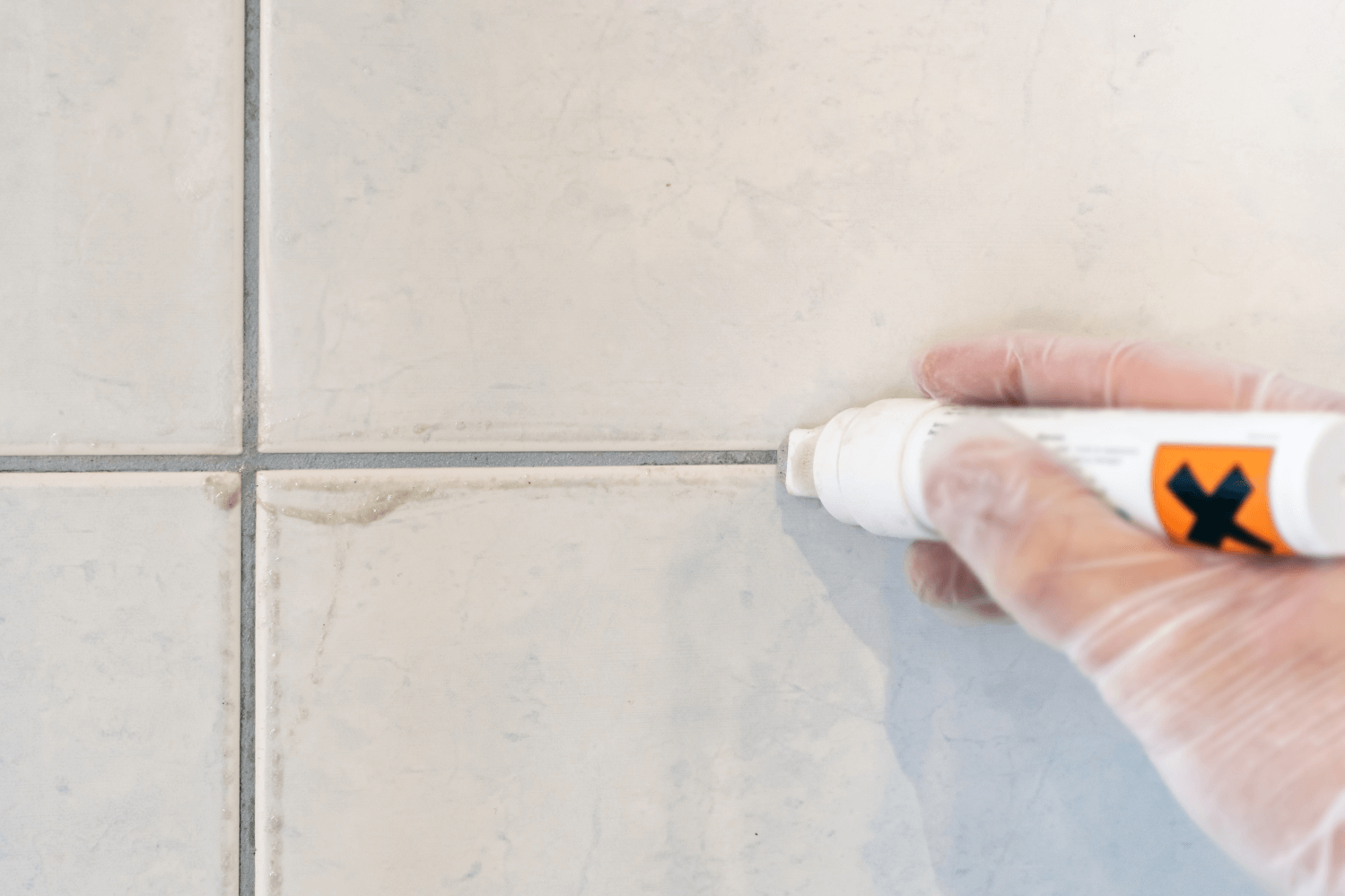
Legal Requirements for a "Grille de Vétusté"
French law does not obligate landlords and tenants to use a depreciation schedule (grille de vétusté). It simply provides for this option. However, the tenant may ask the owner to establish a depreciation schedule.
Be aware that a depreciation schedule should be attached to the inventory of fixtures.
How to calculate depreciation for the deduction of the security deposit?
The rule for calculating deductions from the security deposit is that you can deduct damages caused by the tenant only after considering the equipment's depreciation based on age.
To calculate the depreciation of an item in a rental property during the move-out inspection:
- Consider the grace period: The item has a grace period at the start, during which it doesn't depreciate. So, you only start to calculate depreciation after the grace period ends.
- Apply annual depreciation rate for the rental period: Use the team's yearly corresponding depreciation rate for the years the tenant has used the item.
- Calculate depreciation: After the grace period, apply the annual depreciation rate to determine the total depreciation.
- Apply the minimum residual value to calculate the tenant's share of repair costs when the item is fully depreciated (+100%) after years of use.
The percentage you get shows the repair costs the landlord must cover and the amount the tenant must pay.
Exemple 1 : le bien n'est pas entièrement amorti au départ du locataire
A tenant is moving out after living in a rental apartment for seven years. When the tenant moved in, the paint was new, but the kids' drawing on the wall damaged it. The cost of painting the wall is estimated at 2,000 euros.
Calculating natural wear and tear:
The painting has a grace period of one year, with an annual depreciation rate of 15% and a minimum residual value of 10%.
The lease term is seven (7) years - 1 year's grace = six (6) years
6 years × 15% annual depreciation = 90% depreciation.
The remaining 10% is to be paid by the lessee.
Calculation of the share to be paid by the tenant and the landlord:
Tenant's share: The tenant must pay 10% of the work's value (2000 euros x 10%), which is 200 euros. This means that the tenant is responsible for a portion of the repair costs, in this case, 200 euros, while the landlord covers the remaining 90%.
Owner's share: 2000 euros - 200 euros (paid by tenant) = 1800 euros
Example 2: the item is fully depreciated when the tenant moves out
A tenant stayed in the rental apartment for ten (10) years, and the paintwork was new when the tenant moved in. The paint is damaged, and the painting work is estimated at 2,000 euros.
Calculating the natural wear and tear :
The paint is seven (7) years old, which means it is completely aged and does not apply during the 10-year rental period or the one-year franchise period.
However, French law applies a minimum residual value of 10% for paint. If the paint has been damaged in addition to old age (e.g., a child's drawing on the wall), the tenant must pay 2000 euros × 10% = 200 euros.
Tenant vs Landlord Responsibility
Tenant's Responsibilities: Reminder!
- Upkeep of the rental property and routine maintenance: Tenants are responsible for minor repairs required for regular living conditions, such as replacing light bulbs and faucet seals and unclogging the sink or shower (hair, food).
- Reporting maintenance problems: Tenants must report to the owner or the property manager any serious problems requiring professional intervention to avoid further damage or risk.
Landlord's Responsibilities
- All repairs required to keep the property in habitable condition:
- Essential repairs such as boiler and radiator repairs
- Improving the apartment's energy performance (DPE): insulation, windows, and installation of energy-efficient appliances.
- Maintenance: heating, ventilation, and air conditioning
Understanding the "Depreciation Grid" for furnished rentals provides clarity during the crucial phases of move-out inspections and security deposit refunds. This guide explored how depreciation is calculated for furniture and equipment in rental properties using France's "grille de vétusté." This tool helps landlords and tenants fairly assess wear and tear over time, determine repair responsibilities, and navigate potential disputes. By understanding these principles, both parties can ensure a transparent process during property handovers, fostering smoother landlord-tenant relationships and more explicit expectations regarding property upkeep.
Editor: Siyi CHEN
Photo by Unsplash+
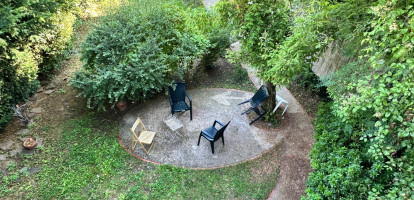


 Français
Français
